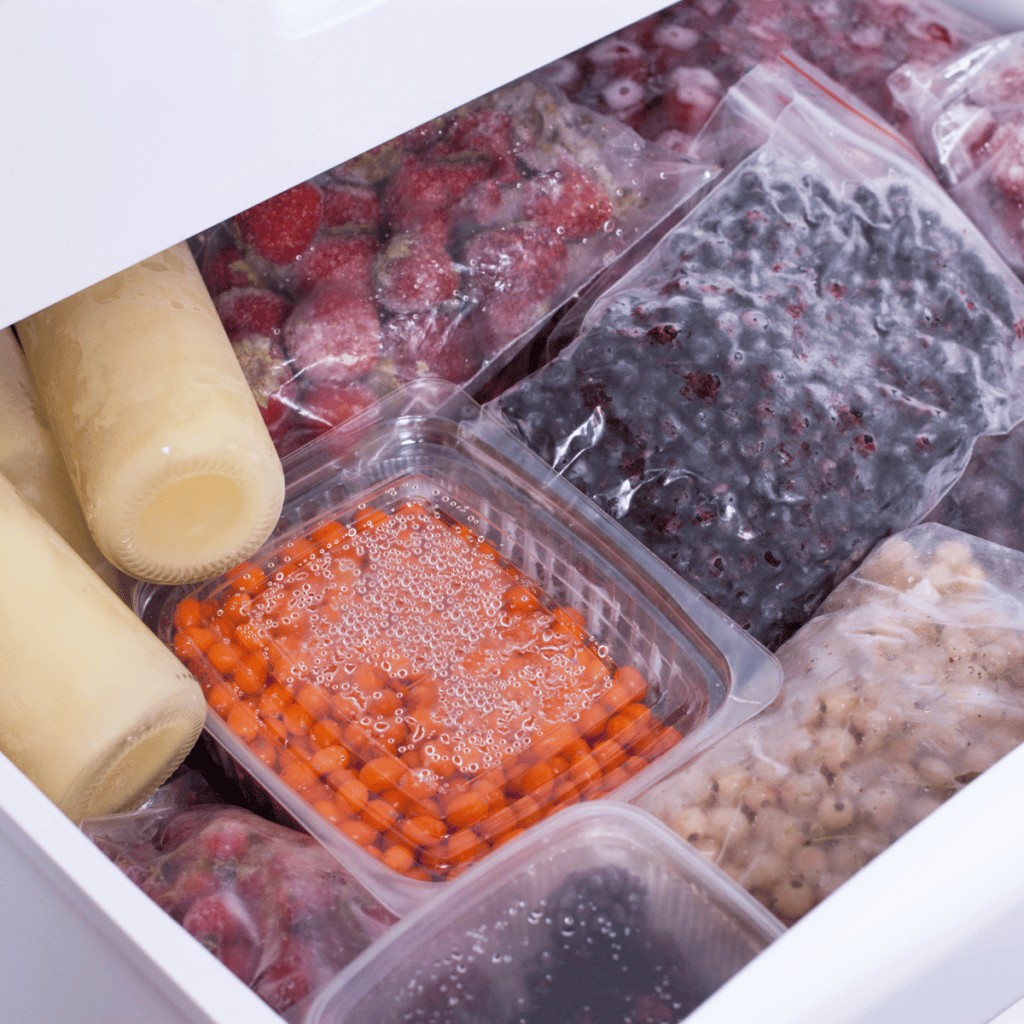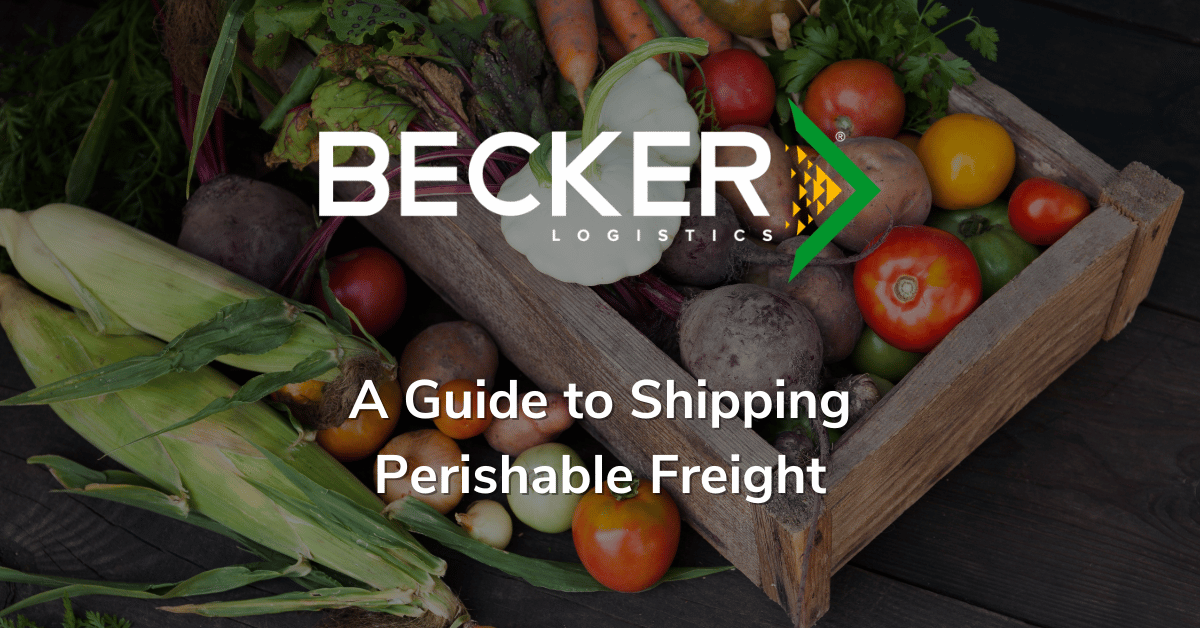The transportation industry has many layers, and it does not get any easier when your freight consists of shipping perishable goods with quality. You need to have complete knowledge of what you are shipping in order to streamline the transportation. Here is an informational guide to the successful shipping of perishable freight.
Understanding Perishable Freight Goods
If you aren’t familiar already, perishable freight includes those products that have a time-sensitive shelf life. The quality of perishable goods can quickly decline when stored in poor environments. These products require the right kind of storage conditions, such as refrigeration, to avoid them going rotten.
Some perishable goods that need transporting include types of food, plants, medicines, and other chemicals. For example, most vaccines need to be transported at a particular temperature to stay frozen. If the temperature falters then those vaccines would go bad and unusable. When perishable freight is not preserved in the correct condition, then this can affect the health of consumers. You do not want to deliver meat or fish that was left unfrozen and then sold to someone to eat.
Packaging Perishable Products
The main concern of perishable freight is how it is packed to be shipped. The packaging needs to be done properly and tightly to ensure quality. If done incorrectly then you will be delivering or getting delivered perished freight, which is a waste for everyone. It would be wise to completely pad the products as much as you can so that nothing is harmed in transit. However, the key to shipping perishables is following the temperature requirements. The containers you choose should be insulated
Methods of Transporting Perishable Goods
There are a few types of trucks that you can use for shipping perishable products from one point to another. Many times, it will depend on what those items are, so you need to be completely aware and on the same page as the distributors. Check the standards with your 3PL partner before employing a mode of transport. You may need to utilize ice, dry ice or you may have to use reefers for air to be circulated.

First, refrigerated vehicles control the interior temperature of the containers to keep items cold like a home refrigerator. The next option is a freezer van which maintains a below-zero temperature to keep perishables frozen. Lastly, there are isothermal trucks that have insulated interiors and exteriors all around to limit heat from being passed through while shipping. Keeping products in their most optimal condition is a big burden to adhere to, so you must make sure to choose correctly.
Shipping with Time in Mind
Furthermore, quality shipping of decay-worthy items is to be mindful of the time. Ultimately, time is of the essence when dealing with this type of freight. Past trends have shown that there are larger amounts of spoilage that occur between post-harvesting and product distribution. What you need to do is optimize the shortest route that also provides the most efficiency. This would ensure that the perishable items arrive at their destination in safe conditions, and you will not lose money either.
No matter if your perishable goods require to be chilled, frozen, or someplace in between, Becker Logistics can manage a time-sensitive delivery schedule to keep your company operating efficiently and products moving. If you are looking for a 3PL with a vast network in North America then reach out to Becker Logistics for more information by clicking here. Additionally, if you want to start moving freight with us immediately then you can click here and request a freight quote.
